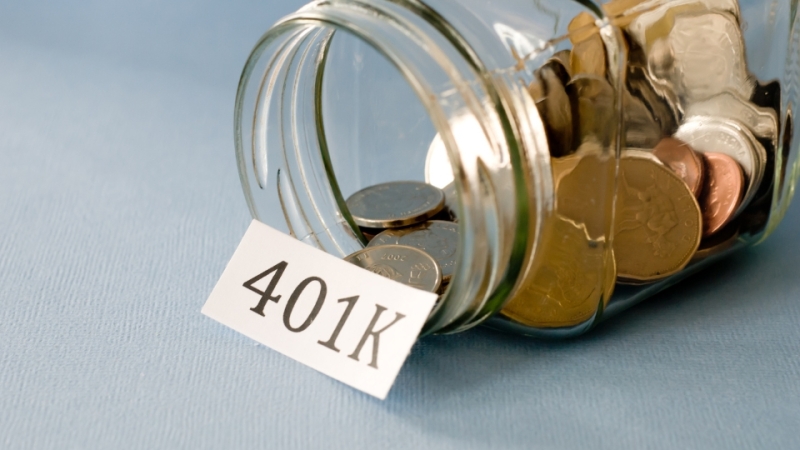
Interest Rates & Supply Disruptions Increase Construction Costs

Rising interest rates and building material supply-chain disruptions act as significant headwinds on the housing market.
- Total housing starts in the U.S. fell 14.4% to a seasonally adjusted annual rate of 1.55 million units in May.
- Construction costs continue to rise, with residential construction materials up 19% from a year ago.
- Single-family starts decreased 9.2%; the multifamily sector, including apartment buildings and condos, fell 23.7%.
- However, the acceleration in construction activity in recent quarters has caused housing completions to rise.
Rising interest rates and building material supply-chain disruptions are causing construction costs to rise continually, acting as significant headwinds on the housing market.
Total housing starts in the U.S. fell 14.4% to a seasonally adjusted annual rate of 1.55 million units in May, according to a report from the U.S. Department of Housing & Urban Development and the U.S. Census Bureau.
The May reading of 1.55 million starts represents the number of housing units builders would begin if development kept this pace for the next 12 months. Broken down by housing type, single-family starts decreased 9.2% to a 1.05 million seasonally adjusted annual rate. The multifamily sector, including apartment buildings and condos, fell 23.7% to an annualized 498,000 pace.
“Single-family home building is slowing as the impacts of higher interest rates reduce housing affordability,” said Jerry Konter, chairman of the National Association of Home Builders (NAHB) and a home builder and developer from Savannah, Ga. “Moreover, construction costs continue to rise, with residential construction materials up 19% from a year ago. As the market weakens due to cyclical factors, the long-term housing deficit will persist and continue to frustrate prospective renters and home buyers.”
“In further signs that the housing market is weakening, single-family permits are down 2.5% on a year-to-date basis and home-builder confidence has declined for the last six months,” said NAHB Chief Economist Robert Dietz. “Due to the acceleration in construction activity in recent quarters, housing completions are rising. Single-family completions were up 8.5% in May 2022 compared to May 2021 as inventories rise.”
On a regional and year-to-date basis, single-family and multi-family starts are 2.1% higher in the Northeast, 1.2% higher in the Midwest, 12.9% higher in the South and 4.3% higher in the West.
Overall permits decreased 7%, though, to a 1.7 million unit annualized rate in May. Single-family permits fell 5.5% to a 1.05 million unit rate, marking the lowest pace for single-family permits since July 2020. Multifamily permits fell 9.4% to an annualized pace of 647,000.
Looking at regional permit data on a year-to-date basis, permits are 8.3% lower in the Northeast, 5.2% higher in the Midwest, 4.6% higher in the South, and 1.6% higher in the West.




